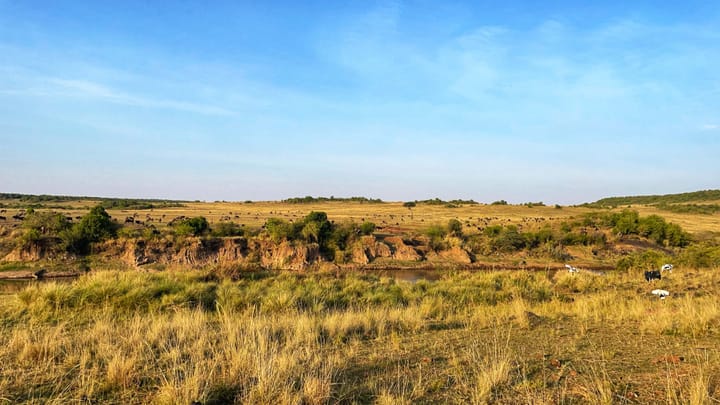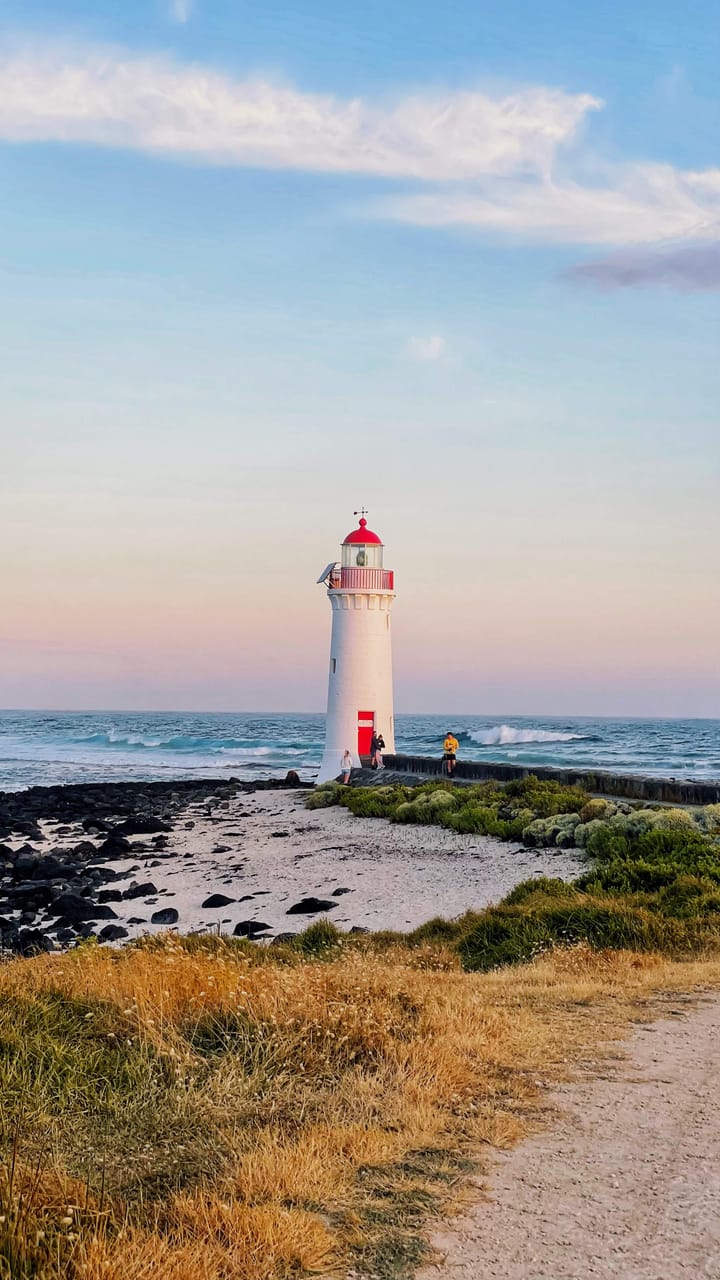The climate is changing. The rain has stopped. Food and water is scarce. So you leave. You must. You will die if you stay. Some will still die along the journey. Most will make it. More than if you stay. So you go, together. Going alone is too dangerous. Going alone leaves you vulnerable to attack. No one goes alone – but someone must go first. And then everyone follows, like a flood. Like the water you seek.
When you reach wherever you are going, babies will be born – an affirmation that you have made it, that life can continue on. This is more than a habitable place; it is a place of new beginnings, of growth, of future. This is the place that will nourish your body. This is the place where the next generation will learn to walk in the world. And then, when the weather changes, you will migrate again. Life, like the weather, is a cycle. An endless journey full of hardship and prosperity, that you move through instinctually to survive.
I'm not talking about humans – though I could be. The World Bank estimates that by 2050, 216 million people could be forced to migrate due to uninhabitable conditions where they presently reside.
That's the optimistic view. The Institute for Economics & Peace says the number could be greater than 1 billion.
Hurricanes in the Gulf, wildfires in California – is it really that hard to believe?
In Kenya, I witnessed The Great Wildebeest Migration through the Mara River. A treacherous moment in the journey; I saw crocodiles pick off a few from the herd, while a lioness waited ashore – ready for a kill of her own.
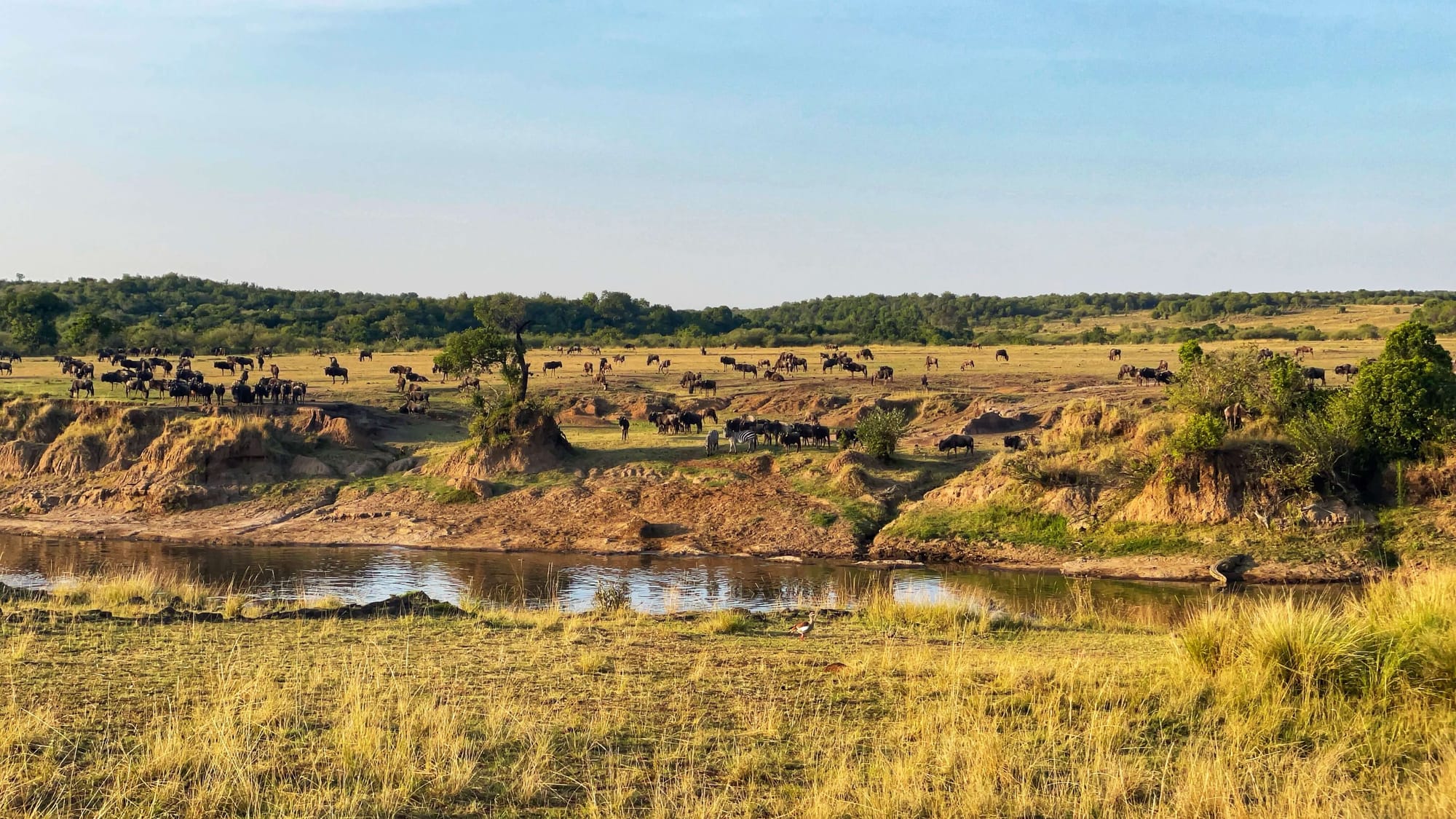
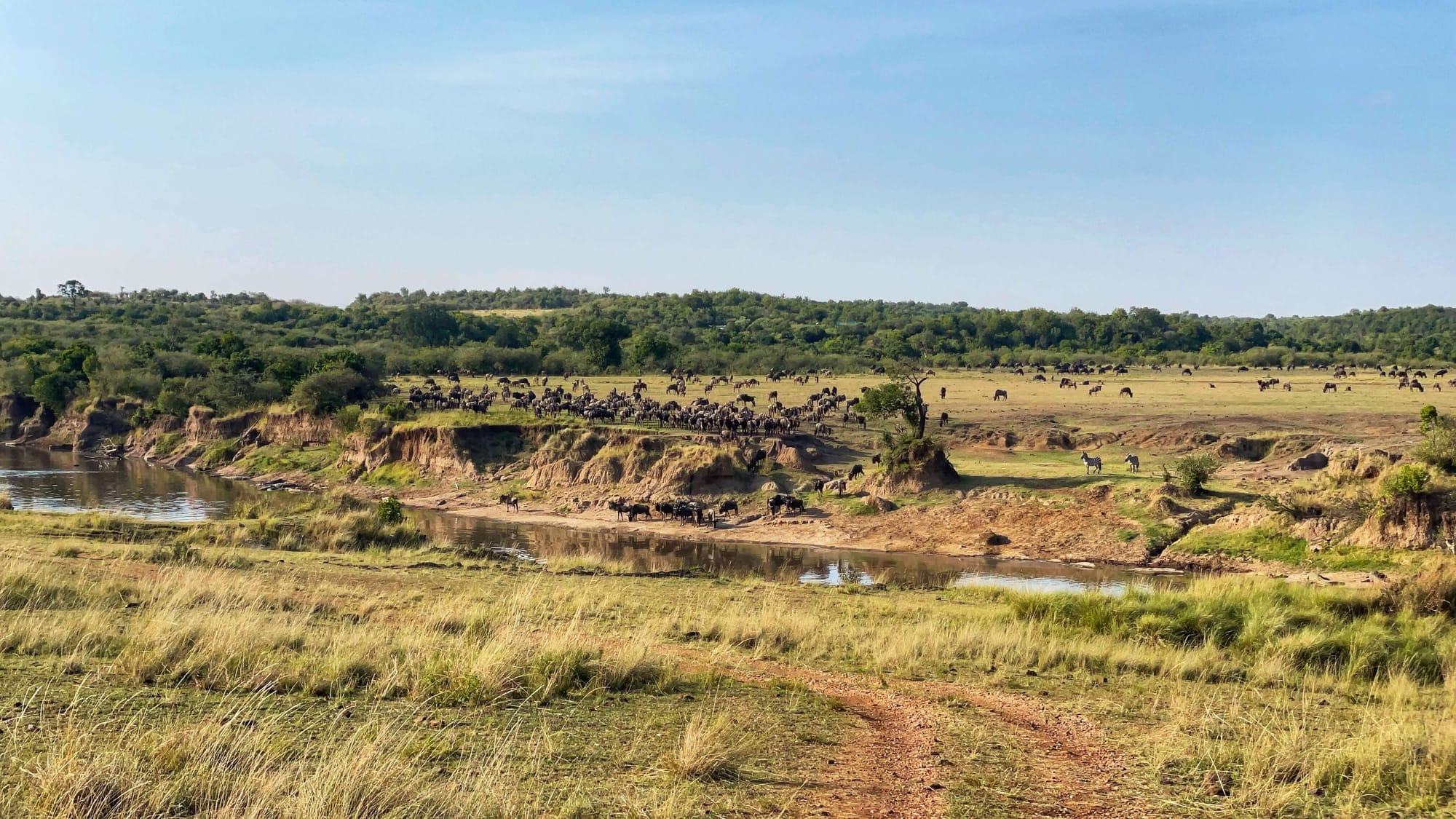
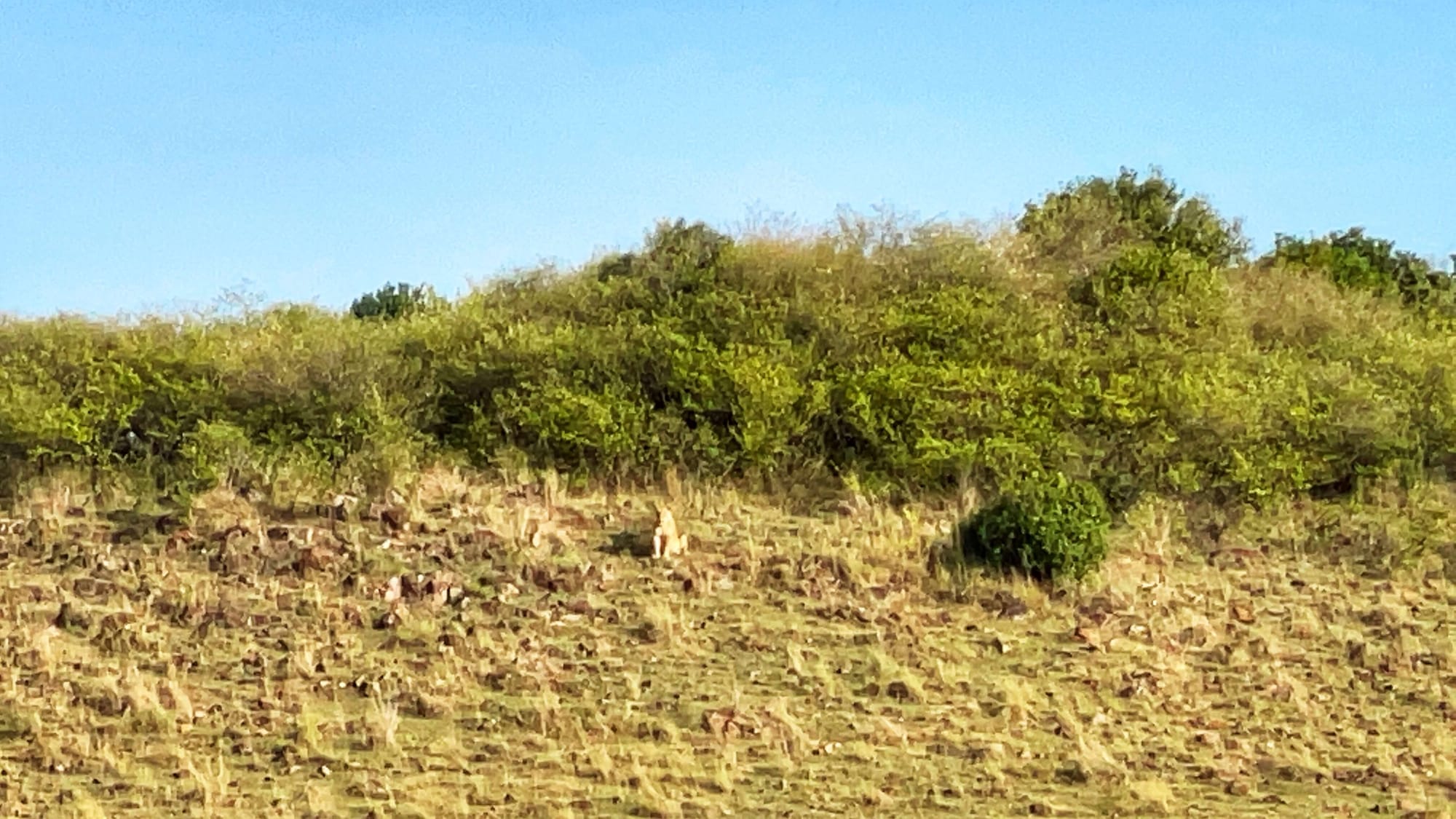
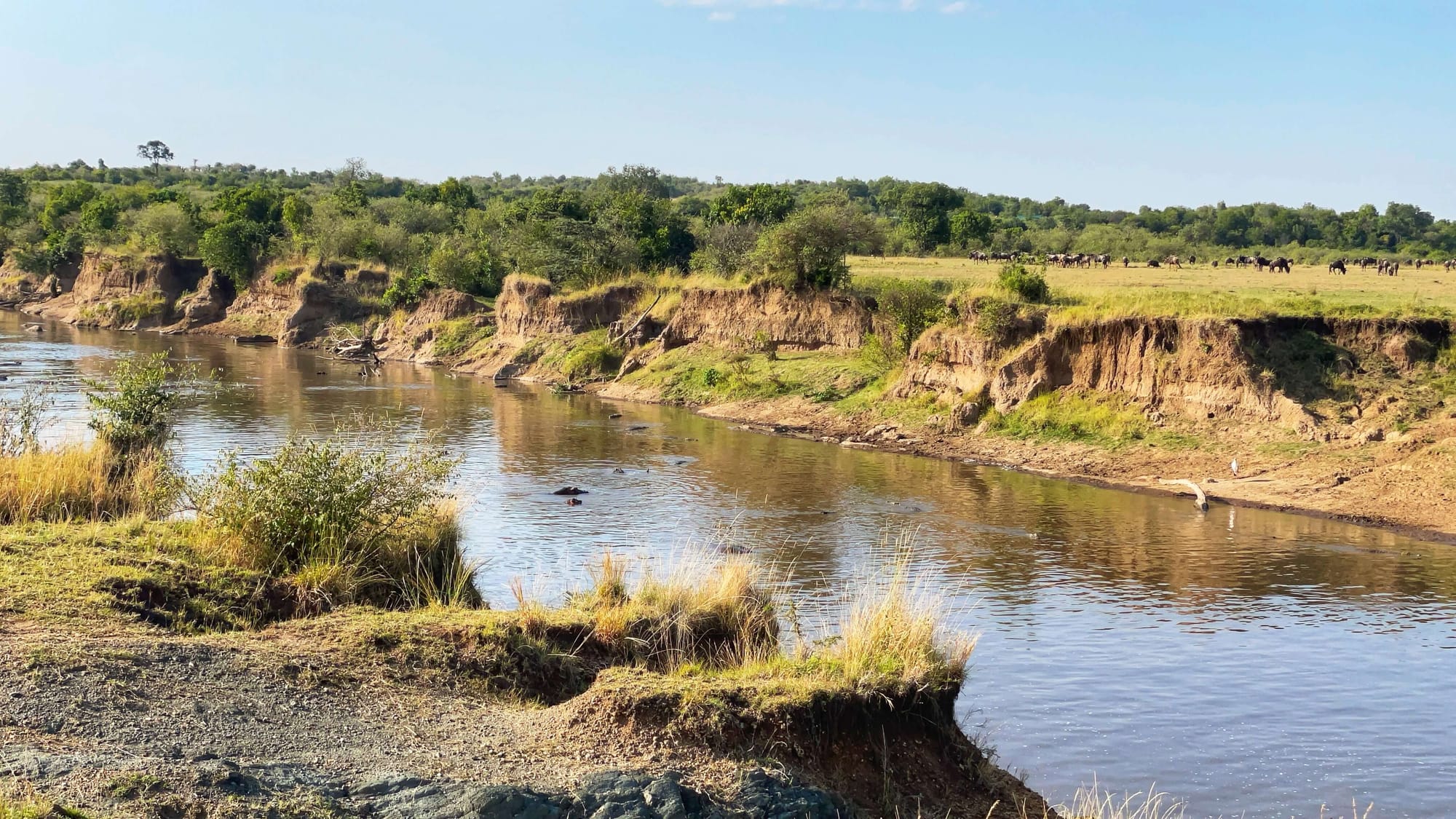
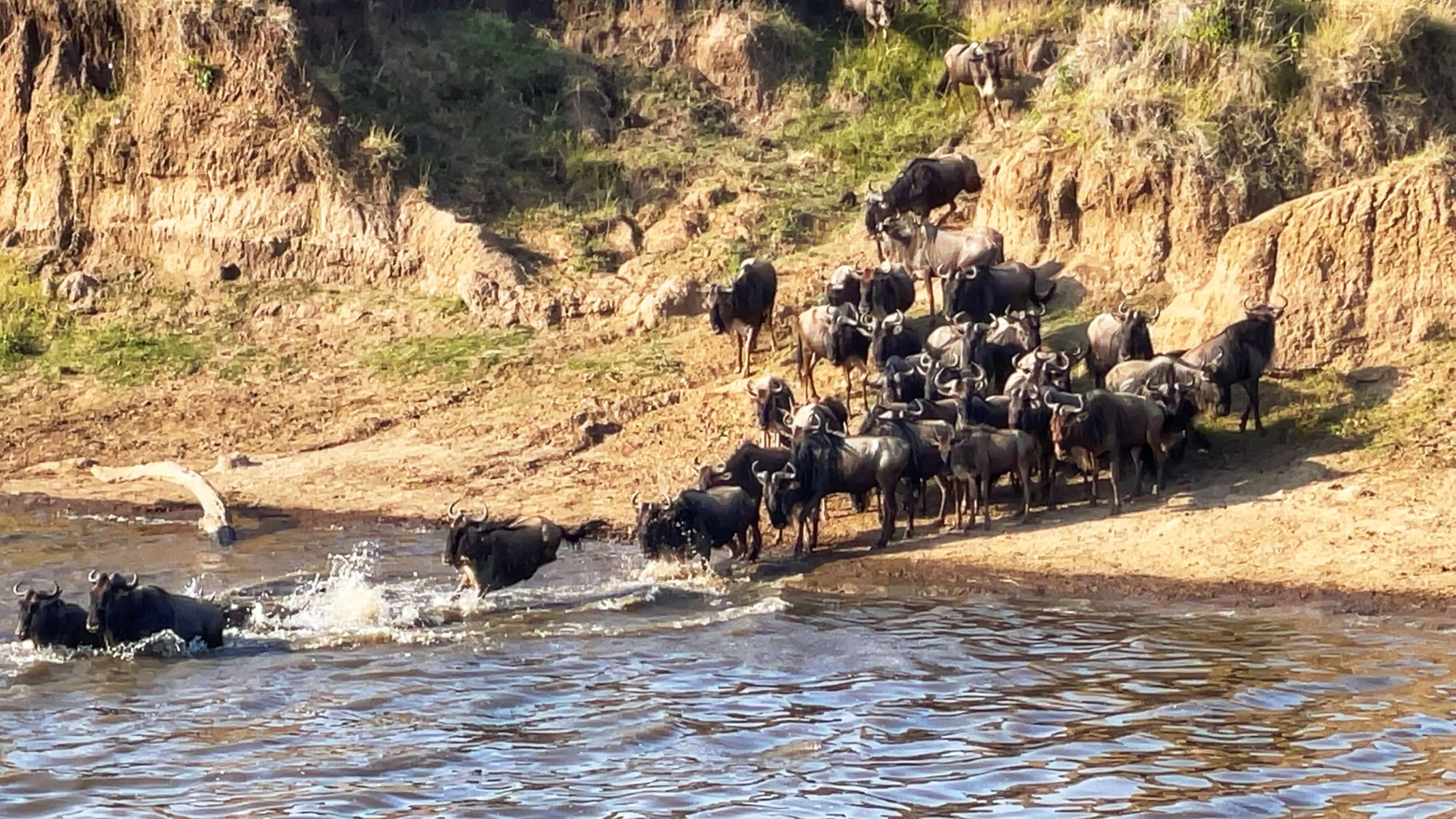
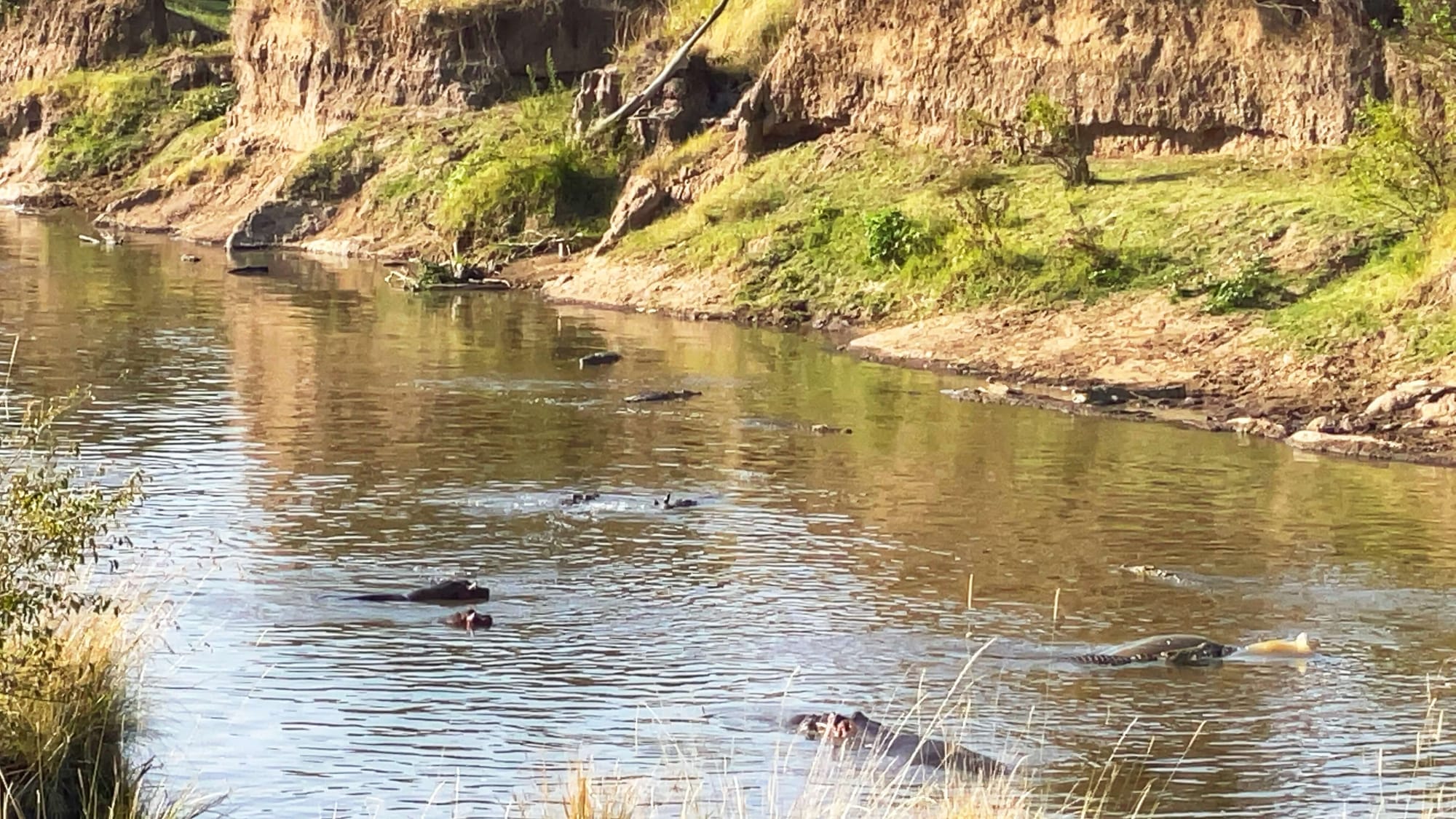
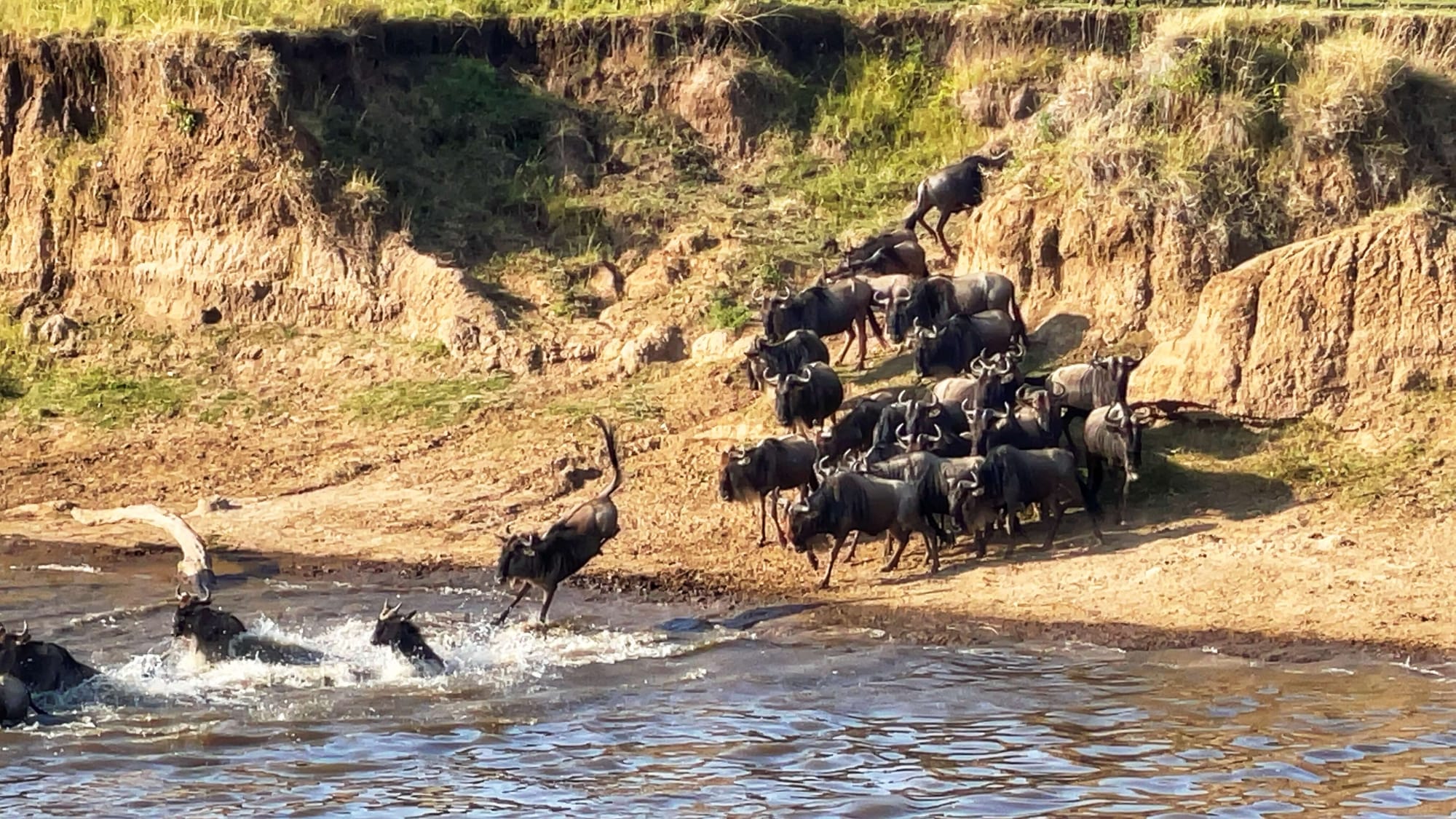
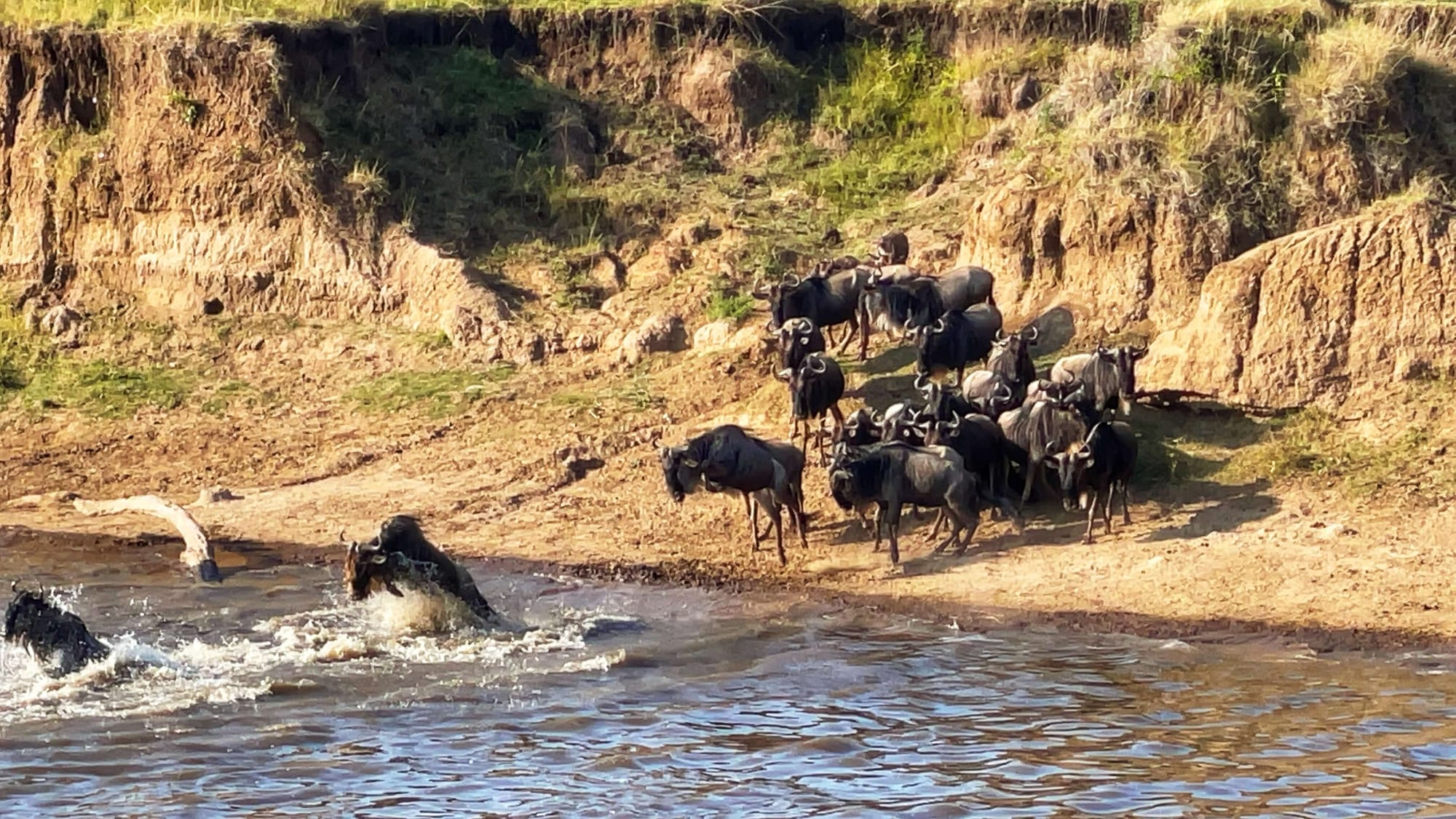
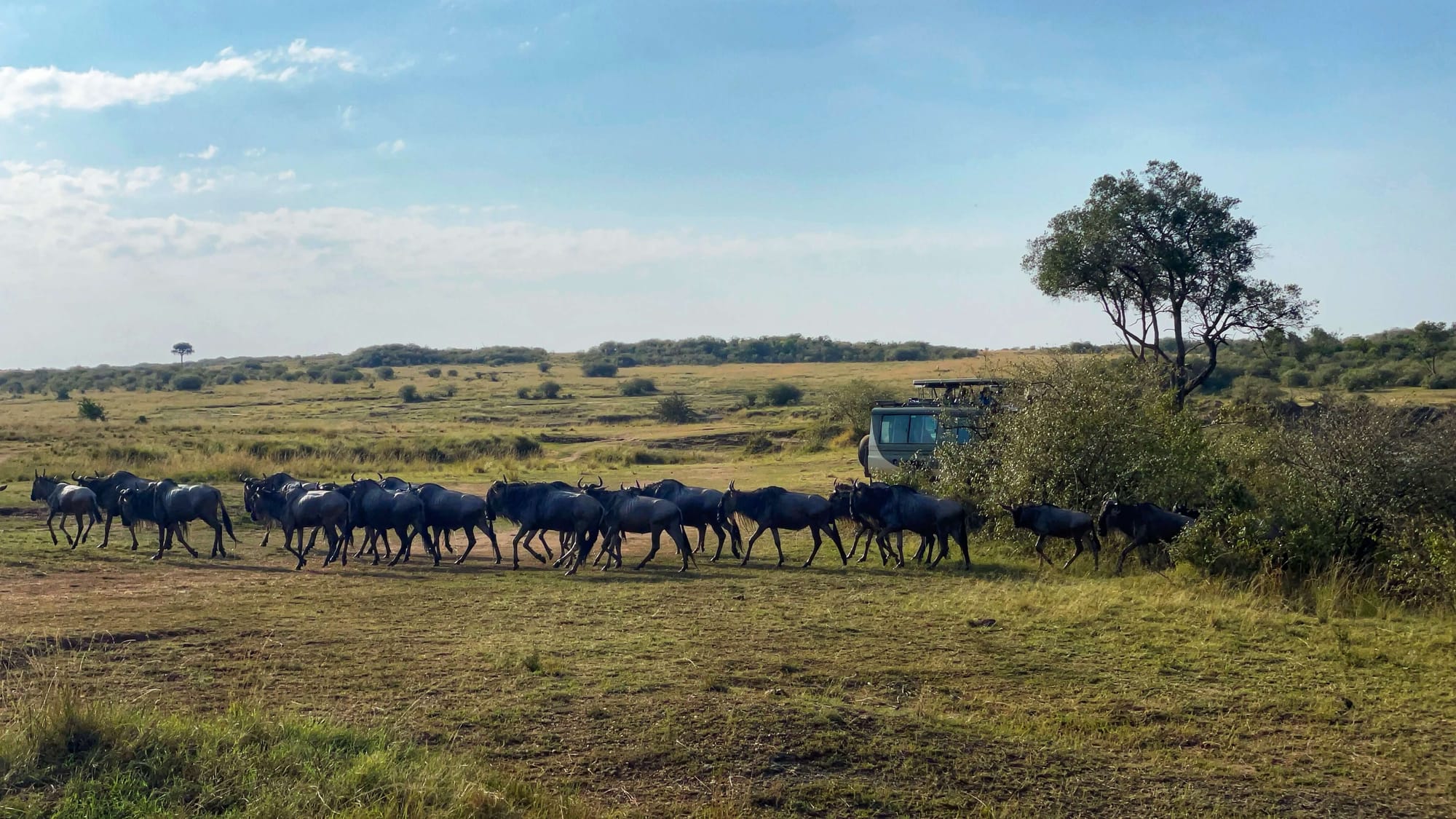
Click any image to view larger - Left to right, from top: (1) Wildebeest begin gathering at the edge of the river; (2) A lioness on the hill overlooking the river; (3) Hippos and crocodiles swim closer to where the wildebeest are gathered; (4) Wildebeest crossing the Mara River; (5) A crocodile swims with a wildebeest in its mouth, in the bottom right corner of the picture; (6) A wildebeest leaps into the Mara River; (7) The final wildebeest of the day's crossing; (8) Wildebeest on the Maasai Mara savannah, after the crossing.
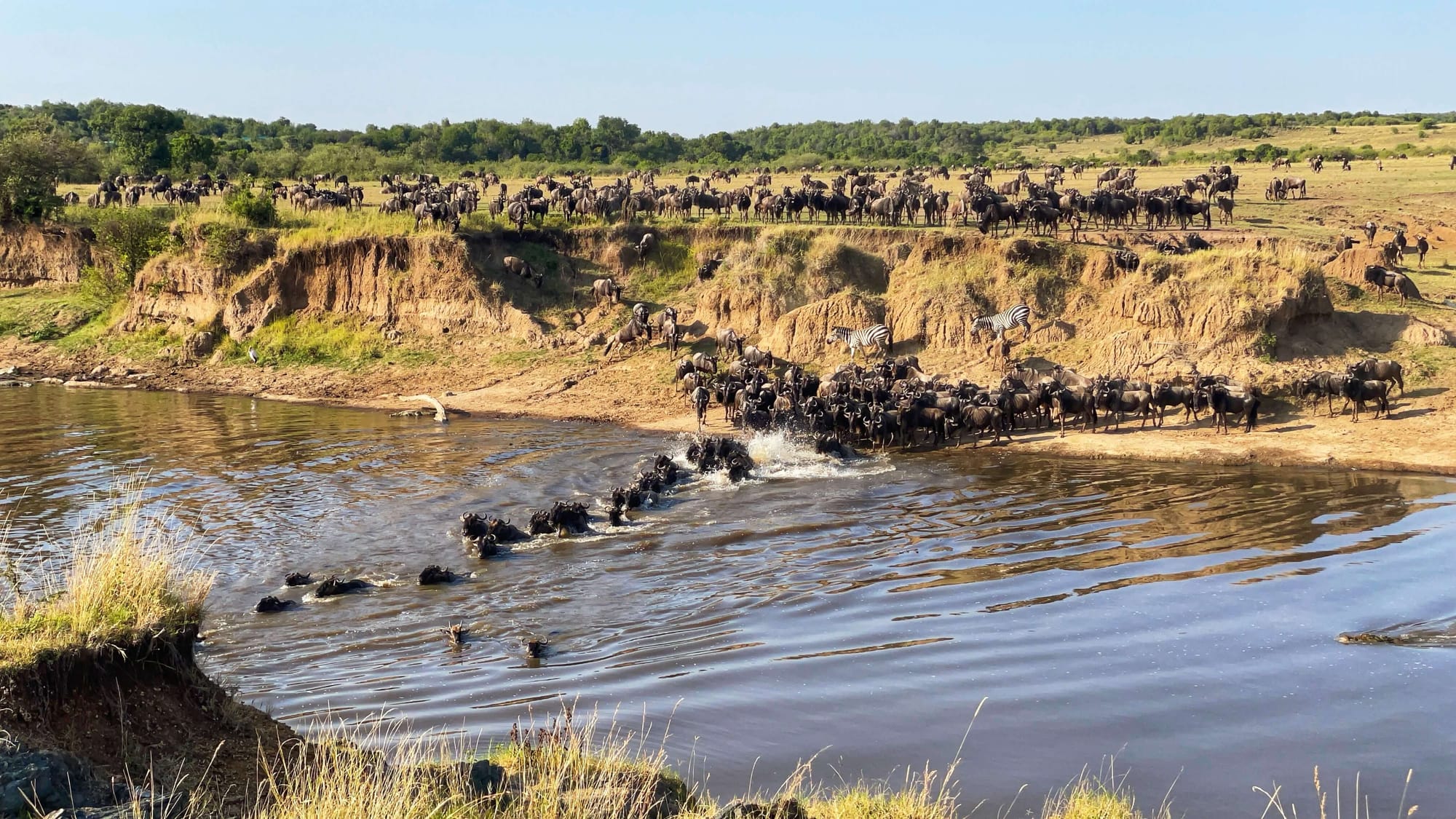
The wildebeest move annually from Tanzania to Kenya in search of greener pastures. Increasingly, they are not finding them. Dehydration and starvation sneaks up on the wildebeest like another predator. The wildebeest population is dwindling – 60 percent fewer today than 50 years ago. Reuters reports that the migration is expected to collapse altogether by 2050.
This date is not a coincidence.

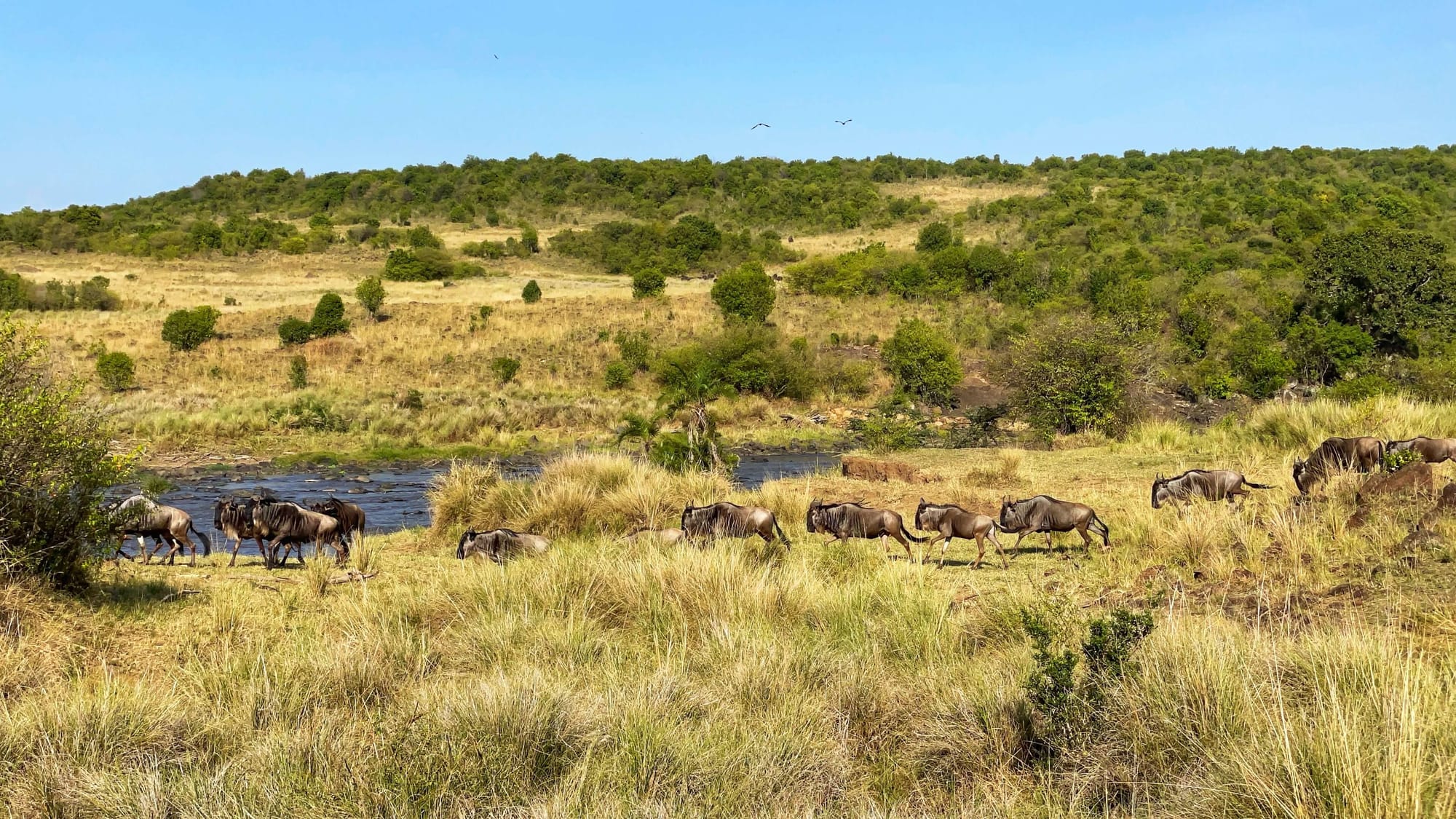
The wildebeest circle back to the edge of the river. Sometimes they go back across, searching for better spots to graze. Click any image to view larger.
The man who drove our Jeep was a Maasai warrior, one of the original pastoralists of the land where the migration occurs. The region has suffered such drought, that even the Maasai have begun to migrate. Forced to choose between feeding their children or their cows? Some see the writing on the wall – and migrate to the cities, abandoning their way of life.
It is strange, in light of this, to sit next to a Maasai, and watch a migration.
At what point does a migration stop being a sign of life – and instead, become an omen of death?
Will we watch the people migrate from their homes for sport? Are we doing this already? Is this what we call, "the news?"
The wildebeest are dying. The Maasai are moving. And we’re here with our cameras, calling it "majestic."
